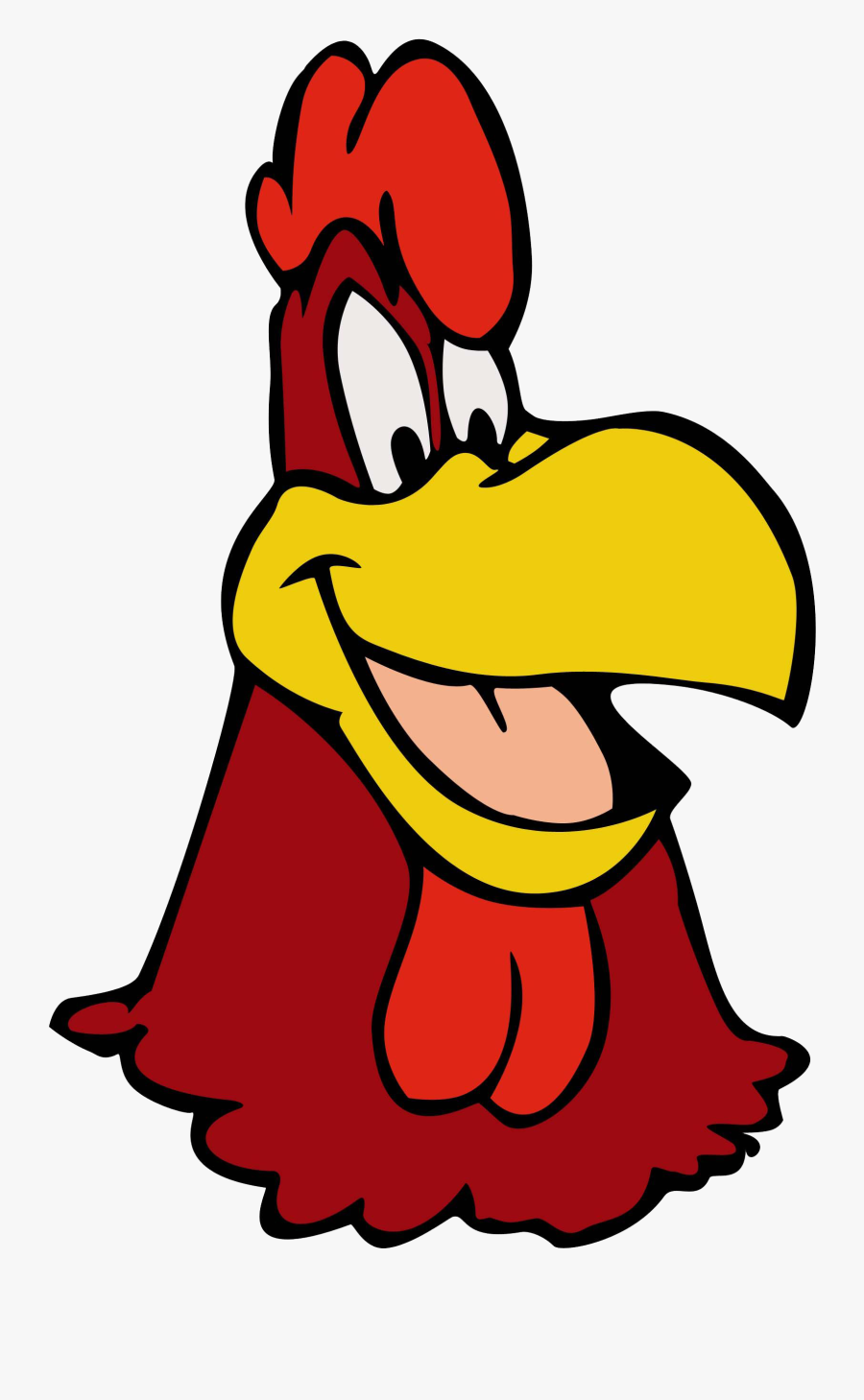If I play sitting the guitar always rests on my left leg with my left foot resting on something to elevate it a few inches. Unless it's my V, that I'll rest on my right leg. Standing it has to be around mid body. I can't play a guitar that's slung around my knees. I also never use my thumb to fret the low E string.
Sent from my SM-A115A using Tapatalk
Sent from my SM-A115A using Tapatalk





Comment